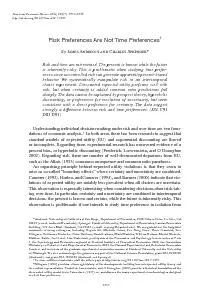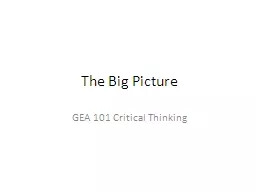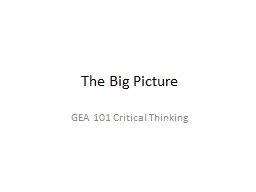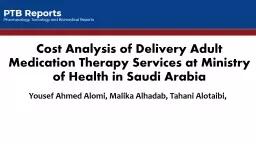PDF-THE AMERICAN ECONOMIC REVIEWrisk. A critical question raised by our re
Author : celsa-spraggs | Published Date : 2015-09-29
AOT TVOL 102 NO 7Kreps and Porteus 1978 Chew and Epstein Next we examine four conditions with differential risk but common ratios of probabilities For instance we
Presentation Embed Code
Download Presentation
Download Presentation The PPT/PDF document "THE AMERICAN ECONOMIC REVIEWrisk. A crit..." is the property of its rightful owner. Permission is granted to download and print the materials on this website for personal, non-commercial use only, and to display it on your personal computer provided you do not modify the materials and that you retain all copyright notices contained in the materials. By downloading content from our website, you accept the terms of this agreement.
THE AMERICAN ECONOMIC REVIEWrisk. A critical question raised by our re: Transcript
Download Rules Of Document
"THE AMERICAN ECONOMIC REVIEWrisk. A critical question raised by our re"The content belongs to its owner. You may download and print it for personal use, without modification, and keep all copyright notices. By downloading, you agree to these terms.
Related Documents














